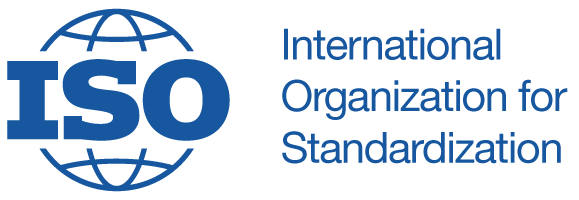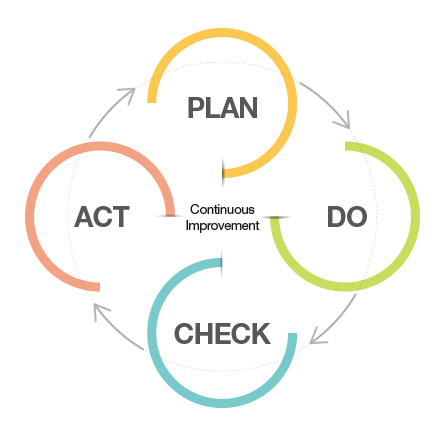ISO 9001 standard plays a crucial role in shaping the development of manuals and translation services, as exemplified by Hansem Global’s implementation of a distinctive quality management system. Let’s delve into how Hansem Global leverages this standard to establish an unparalleled quality management system in manual development and translation services.

Introduction
Successful penetration into the global market begins with excellent quality management. ISO 9001, an international standard established by the International Organization for Standardization (ISO), is essential for companies involved in developing or selling products and services. Hansem Global’s utilization of this standard in manual development and translation services showcases how it has built a distinctive quality management system.
ISO 9001 International Standard
ISO 9001 is an international standard for Quality Management Systems (QMS). It guarantees the quality of products and services, emphasizing yearly quality improvements and maximizing customer satisfaction. The requirements of ISO 9001 can be categorized as follows:
- Context of the Organization
Understanding the organization’s external and internal environments, as well as stakeholder requirements, and designing a quality management system based on them. - Leadership
Emphasizing the roles and responsibilities of top management, specifying the importance of quality policies, objectives setting, and internal communication systems. - Planning
Establishing plans to achieve quality objectives, evaluating and managing risks and opportunities. - Support
Ensuring the organization has the necessary resources and support, including human resources, infrastructure, work environment, and monitoring and measurement resources. - Operation
Including planning and control procedures related to providing products and services, such as customer requirements adjustment, design and development, outsourcing, production, and service provision control. - Performance Evaluation
Regularly reviewing the organization’s performance through monitoring, measuring, analyzing, and evaluating, assessing the effectiveness of the quality management system through internal audits and management reviews. - Improvement
Including procedures to address inefficiencies and problems and continuously improve the quality management system, which may include actions for complaint handling and improvement.
Relationship between ISO 9001 and Service Quality
Selecting a service company certified with ISO 9001 provides multiple benefits to customers, as this certification ensures that the company adheres to internationally recognized standards in building and maintaining a quality management system. Specific advantages include:
- Consistent Quality Assurance
ISO 9001 demands consistent processes and quality management, ensuring that service quality is consistently maintained across projects. Customers can expect the same level of results every time. - Enhanced Reliability
ISO 9001 certification indicates that a company maintains a certain standard in quality management. This enhances customer trust and signifies a professionally managed system. - Risk Reduction
Through systematic quality management and continuous improvement, the risks of errors and inconsistencies are reduced. This is particularly advantageous in translations where accuracy is crucial. - Efficient Communication
Documentation and standardized communication processes required by ISO 9001 ensure clarity in communication. Customer requirements and feedback are effectively reflected, directly contributing to service improvements. - Legal Compliance and Standardization
ISO 9001 supports compliance with legal requirements and industry standards, assuring customers of receiving services that comply with regulations. - Competitive Service Provision
Certified translation companies generally have a competitive edge in the market, offering better service conditions, prices, and overall customer experiences.
ISO 9001 Certification and Hansem Global
Hansem Global became the first in Asia, as well as domestically, to obtain ISO9001:2008 certification for the development and production of user manuals in 2011. Since then, it has operated a quality management system that complies with this standard. Subsequently, in 2023, the scope of ISO9001 audits was expanded to include translation services, and the company finally obtained certification covering both “manual development” and “translation services”. By adhering to international standards, Hansem Global has gained the flexibility to meet diverse customer demands while minimizing errors and maximizing efficiency.
The core of the quality management process lies in continuous management and adaptation. While many companies may have processes similar to Hansem Global’s, some may fail to achieve desired results because they do not drive new changes once their processes are established. As customer requirements constantly evolve, work methods and environments must also change accordingly. Therefore, while establishing quality management processes is crucial, continuous management and adaptation are even more important.

To meet the requirements of the ISO9001 standard, Hansem Global applied the PDCA (Plan, Do, Check, Action) management technique and quality management tools commonly used in general manufacturing to manual development and translation service production. By consistently repeating this PDCA cycle, Hansem Global achieves the desired level of performance in its quality management process.
Conclusion
Collaborating with ISO 9001 certified companies like Hansem Global provides a strong competitive advantage for companies aiming to enter the global market. Companies that prioritize quality, reliability, and customer satisfaction can achieve their goals through services that meet Hansem Global’s standards. For the first step towards global success, start with Hansem Global.






